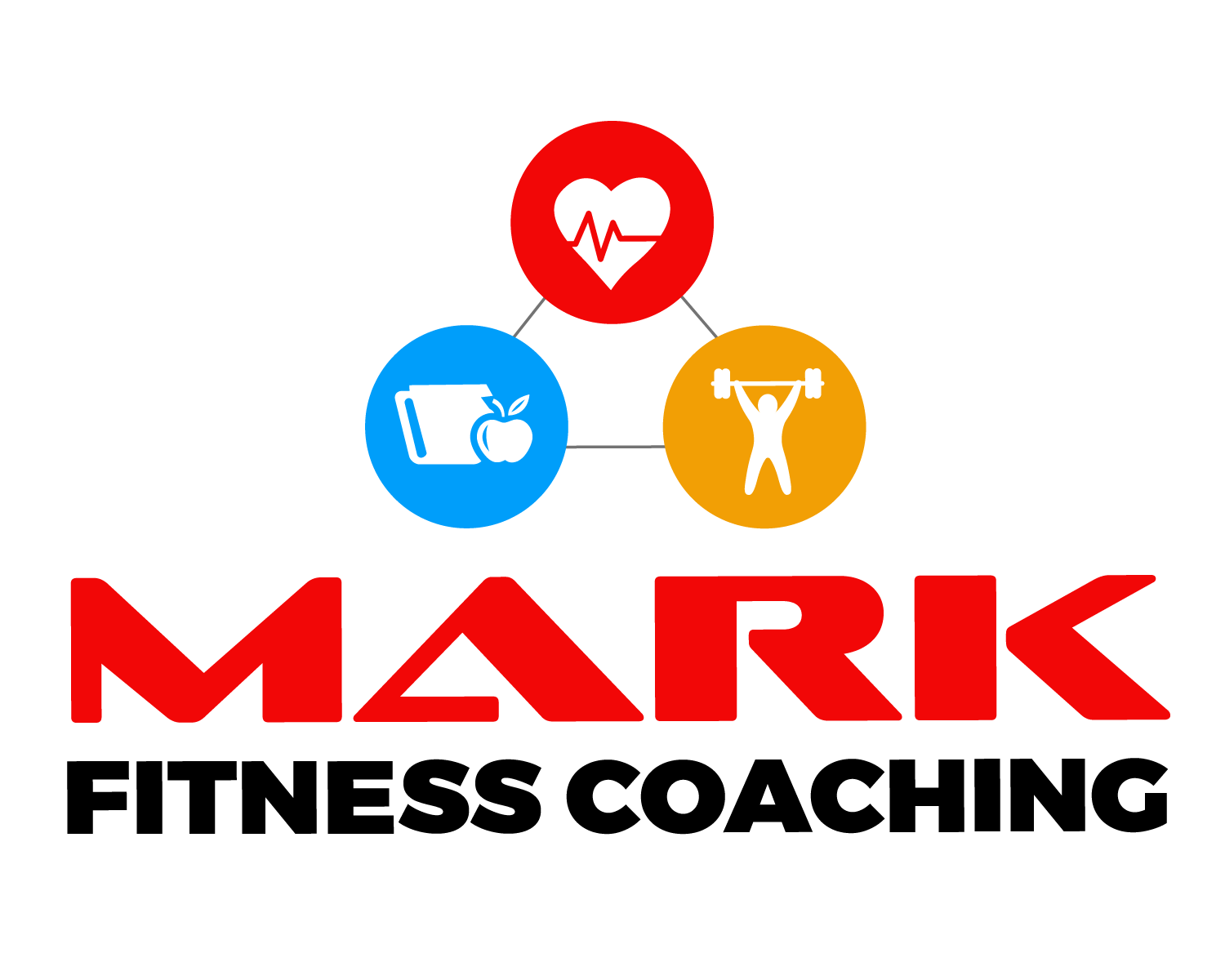Unlock Your Potential: The Importance of Corrective Exercise in Personal Training
- Mark Fitness Coaching

- Jun 24, 2024
- 4 min read
Welcome to a deep dive into one of the most crucial aspects of personal training: corrective exercise. Whether you're new to fitness or a seasoned gym-goer, understanding the significance of corrective exercises can transform your approach to health and fitness. In this comprehensive guide, we'll explore what corrective exercise is, why it matters, and how it can benefit your fitness journey.
What is Corrective Exercise?
Corrective exercise is a specialized approach to fitness training aimed at improving movement patterns, posture, flexibility, and muscle imbalances. It involves identifying and addressing limitations or dysfunctions that may lead to pain, injury, or decreased performance in daily activities or sports.
Unlike traditional exercises that focus solely on building strength or cardiovascular fitness, corrective exercises target specific muscle groups or movement patterns that may be weak, tight, or improperly activated. By correcting these issues, individuals can move more efficiently, reduce the risk of injury, and enhance overall physical performance.
Why Corrective Exercise Matters
1. Injury Prevention
One of the primary benefits of corrective exercise is its role in injury prevention. Many injuries occur due to muscle imbalances, poor posture, or faulty movement patterns. Corrective exercises help address these underlying issues by strengthening weak muscles, improving flexibility in tight muscles, and promoting proper alignment and movement mechanics.
For example, individuals who spend long hours sitting at a desk may develop tight hip flexors and weak glute muscles, which can lead to lower back pain or hip problems. Targeted corrective exercises, such as hip flexor stretches and glute activation exercises, can help alleviate these issues and prevent future injuries.
2. Improved Movement Efficiency
Corrective exercises enhance movement efficiency by improving joint mobility, stability, and coordination. When muscles are properly activated and balanced, the body can perform movements with less effort and energy expenditure. This not only enhances athletic performance but also makes everyday activities, such as walking, bending, and lifting, easier and more fluid.
3. Enhanced Performance
Athletes and fitness enthusiasts can benefit significantly from corrective exercise. By addressing muscle imbalances and movement dysfunctions, athletes can optimize their biomechanics and performance in their respective sports. For instance, a runner with poor hip mobility may experience inefficiencies in their stride, leading to decreased speed or increased risk of injury. Corrective exercises tailored to improve hip mobility and strengthen stabilizing muscles can help enhance running mechanics and overall performance.
4. Postural Alignment
Poor posture is a common issue exacerbated by modern lifestyles that involve prolonged sitting, driving, or looking at screens. Corrective exercises target muscles responsible for maintaining proper posture, such as the core, upper back, and neck muscles. Strengthening these muscles and improving flexibility in tight areas can help align the spine, reduce neck and back pain, and promote better overall posture.
5. Personalized Approach
One of the strengths of corrective exercise is its individualized approach. Personal trainers assess each client's unique movement patterns, posture, and muscle imbalances through detailed evaluations and assessments. Based on these findings, trainers develop personalized corrective exercise programs tailored to address specific needs and goals.
Implementing Corrective Exercises
1. Assessment and Evaluation
The first step in implementing corrective exercise is conducting a comprehensive assessment. This may include:
Postural Assessment: Evaluating standing posture to identify any deviations from optimal alignment.
Movement Analysis: Observing how the client moves through basic exercises or functional movements to identify imbalances or compensations.
Muscle Length and Strength Testing: Assessing flexibility and strength in key muscle groups to pinpoint areas of weakness or tightness.
2. Exercise Selection
Once assessments are completed, trainers select specific exercises to address identified issues. Corrective exercises may include:
Mobility Exercises: Targeting joint mobility to improve range of motion.
Activation Exercises: Activating and strengthening weak or underactive muscles.
Stability Exercises: Enhancing core stability and balance.
Stretching and Flexibility Exercises: Improving flexibility in tight muscles to restore proper muscle length.
3. Progression and Integration
Corrective exercise programs are designed to progress gradually as clients improve their movement patterns and strength. Trainers monitor progress closely and adjust exercises as needed to ensure continued improvement and prevent plateauing.
Practical Benefits for Everyone
Corrective exercise is not limited to athletes or individuals recovering from injuries—it benefits everyone seeking to improve their fitness and quality of life. Whether you're looking to enhance athletic performance, alleviate chronic pain, or simply move more efficiently, incorporating corrective exercises into your training regimen can yield significant long-term benefits.
Conclusion: Embrace Your Potential with Corrective Exercise
In conclusion, corrective exercise is a powerful tool that addresses movement dysfunctions, enhances performance, and prevents injuries. By focusing on improving posture, muscle imbalances, and movement efficiency, corrective exercises empower individuals to move better, feel better, and achieve their fitness goals more effectively.
If you're considering working with a personal trainer, inquire about their approach to corrective exercise. A trainer who emphasizes personalized assessments and tailored corrective programs can help you unlock your full potential and enjoy a healthier, more active lifestyle.
Remember, every step towards better movement is a step towards a healthier you. Embrace the power of corrective exercise and embark on a journey to optimize your body's potential today!

Comments